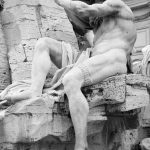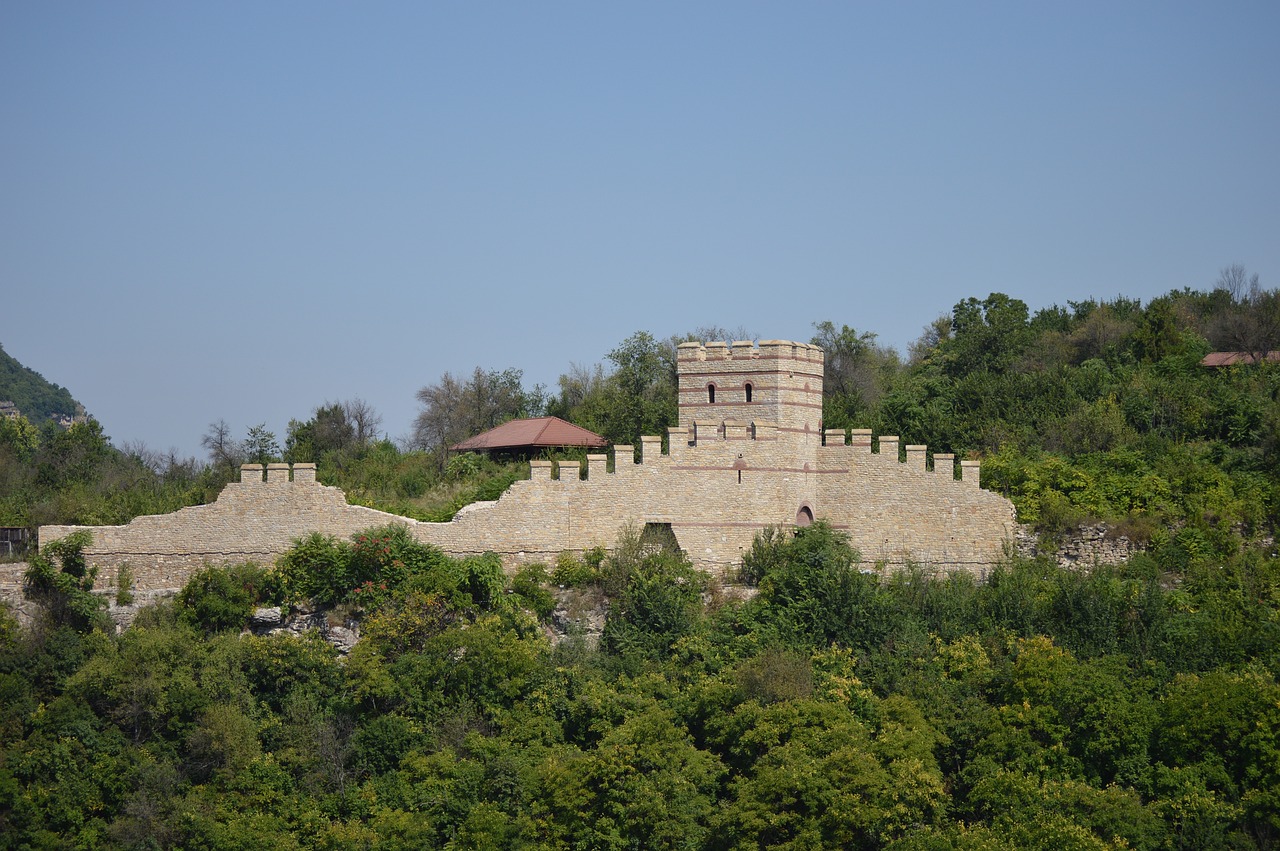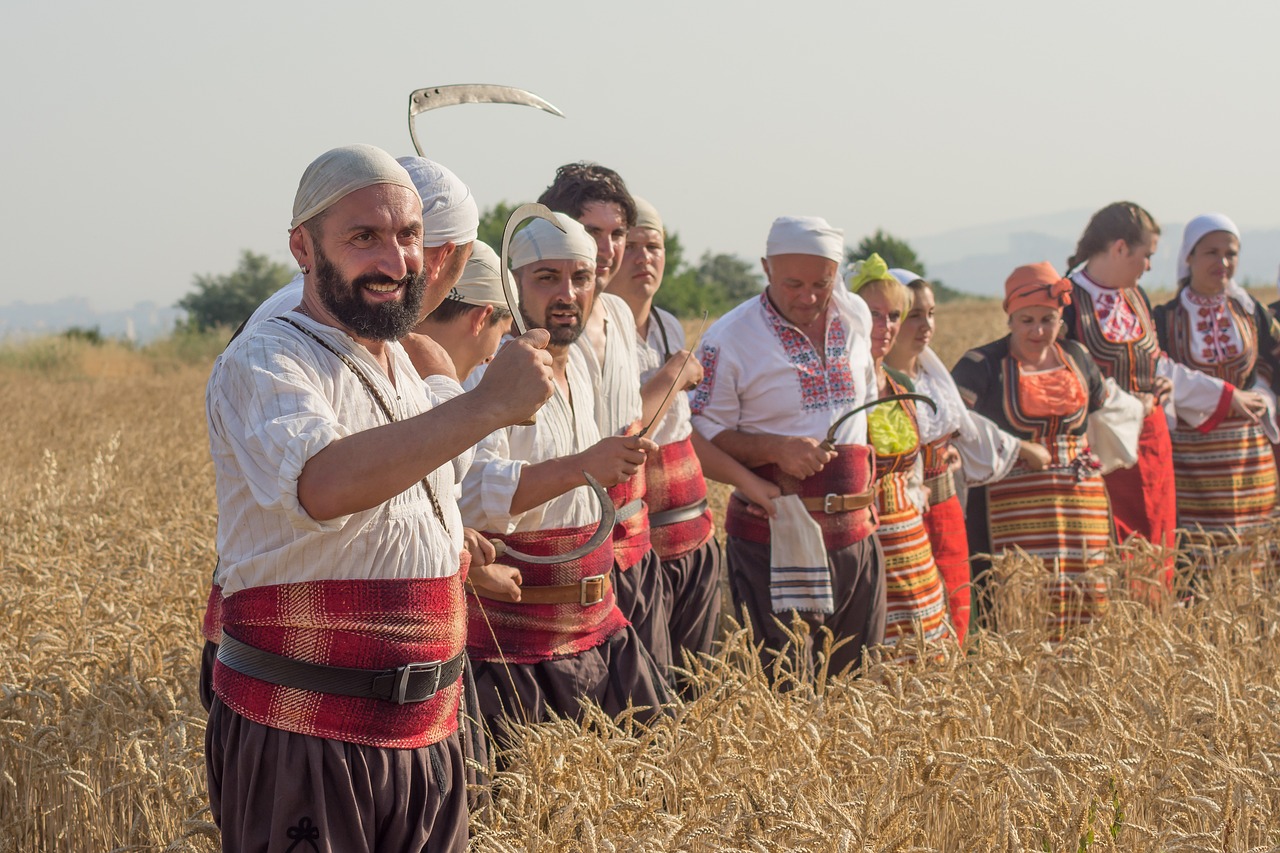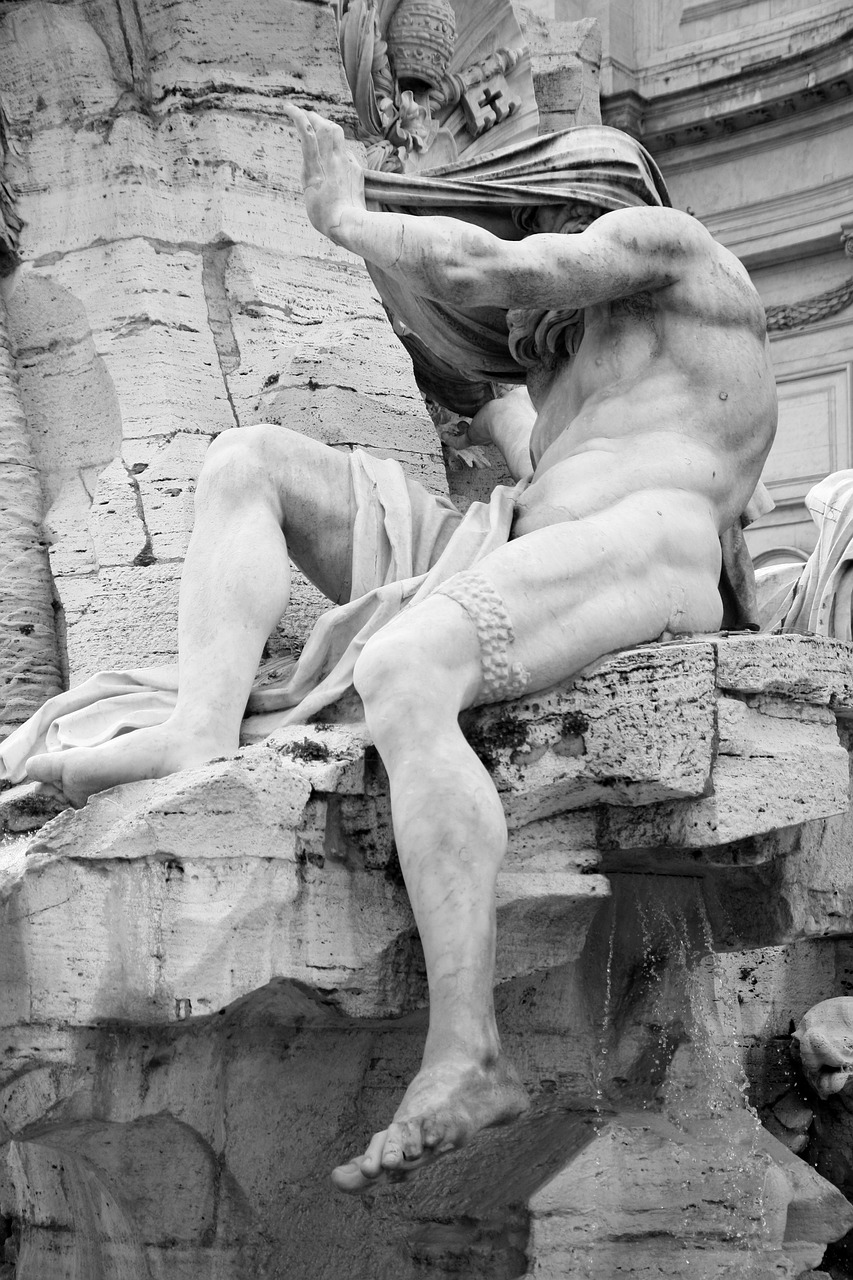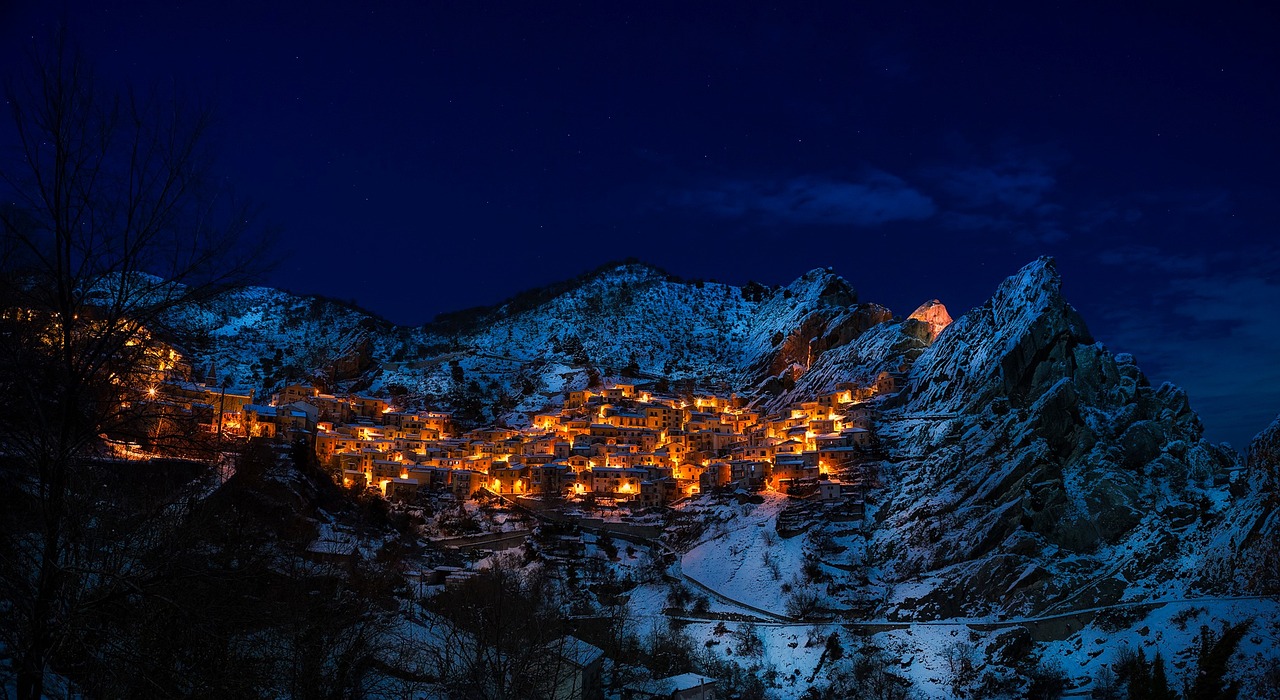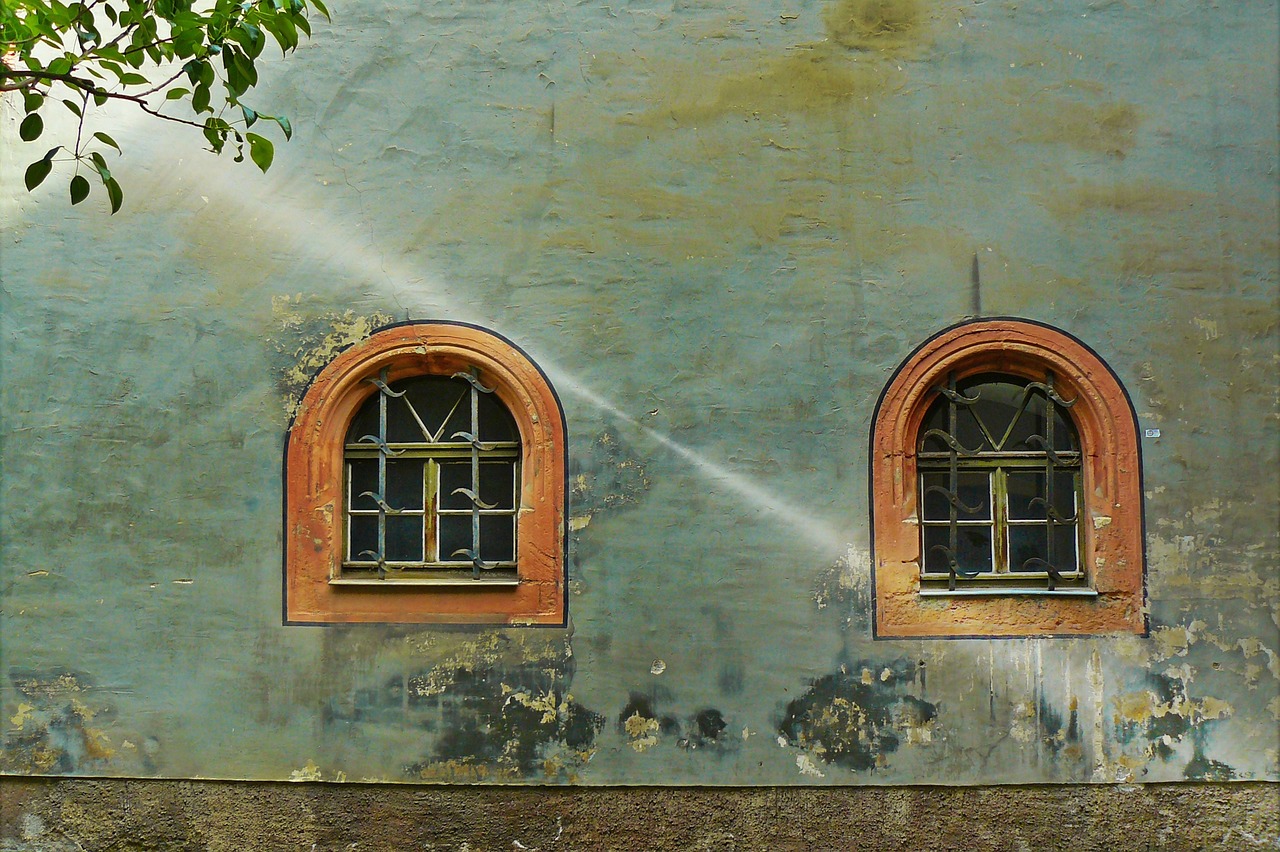Veliko Tarnovo, a city in Bulgaria, beckons history enthusiasts with its rich cultural and heritage sites. Embark on a captivating journey through time as you delve into the depths of Veliko Tarnovo’s past. Suspense hangs in the air, drawing you closer to the secrets waiting to be unveiled.
The Regional History Museum, one of the country’s largest, stands as a gateway to the forgotten eras. Its Archaeological Museum houses artifacts spanning from the Neolithic Age to the ancient period, shedding light on the city’s earliest inhabitants.
Tsarevets, an important medieval cultural monument, proudly displays a restored patriarchal church and bell tower, offering a glimpse into the city’s majestic past.
Veliko Tarnovo and Arbanasi’s medieval churches stand as testaments to the city’s spiritual heritage.
The city’s museum houses and complexes, such as the Museum house of Philip Totyu and ethnographic complex Osenarska Reka, transport visitors back to the Bulgarian Revival period.
Immerse yourself in the post-liberation history of Bulgaria at the Revival and Constituent Assembly Museum, or witness recent historical events at the Museum of Contemporary and Modern History.
As you embark on this expedition, tourist information centers stand ready to guide and enlighten you.
Prepare to be captivated by Veliko Tarnovo’s cultural tapestry, a testament to thousands of years of heritage and freedom.
Key Takeaways
- Regional History Museum – Veliko Tarnovo is one of the largest museums in Bulgaria and offers insights into the region’s rich history.
- The archaeological museum showcases artifacts from the Neolithic Age to the ancient period, providing a glimpse into the early civilizations that inhabited the area.
- Tsarevets, an important medieval cultural monument, features a restored patriarchal church and bell tower, offering a glimpse into the medieval history of Veliko Tarnovo.
- The museum houses, such as the Museum House of Philip Totyu and the Sarafkina House, provide insight into the Bulgarian Revival period and the ethnographic image of the region.
Museum Highlights
The Regional History Museum – Veliko Tarnovo showcases a wide range of historical artifacts and exhibits, including those from the Neolithic Age to the ancient period, the medieval period, the Bulgarian Revival period, and the post-liberation history of Bulgaria.
The museum presents a comprehensive collection of archaeological artifacts that provide insights into the region’s cultural traditions throughout history.
The first room of the museum displays valuable exhibits such as ceramic cookware and gold treasures from the Neolithic Age.
Moving into the second exhibition hall, visitors can explore the achievements of the ancient period, including ceramics, plastic, and jewelry art.
The third hall focuses on exhibits from the period when Tarnovo was the capital of Medieval Bulgaria.
This diverse collection allows visitors to delve into the rich cultural heritage of Veliko Tarnovo and gain a deeper understanding of its historical significance.
Archaeological Discoveries
Archaeological discoveries in Veliko Tarnovo provide valuable insights into the region’s past. The Regional History Museum showcases a wide range of artifacts, including those from the Neolithic Age, offering a glimpse into the early history of the area.
The museum’s Archaeological Reserve Nicopolis ad Istrum showcases the remains of a Roman and early Byzantine town, further enriching our understanding of the region’s ancient period. These ruins provide evidence of the Roman presence in Veliko Tarnovo and shed light on the daily lives and cultural practices of the inhabitants during that time.
The artifacts and ruins on display paint a vivid picture of the region’s history, allowing visitors to immerse themselves in the rich cultural heritage of Veliko Tarnovo.
Medieval Monuments
Medieval Veliko Tarnovo boasts numerous impressive monuments that offer a glimpse into the region’s architectural and religious past.
One such monument is the patriarchal residence of St. Peter and Paul temple, which showcases the grandeur and significance of the religious structures during the reign of Kaloyan.
This medieval architectural masterpiece stands as a testament to the rich history and cultural heritage of the area.
The temple’s intricate design and intricate details reflect the artistic and architectural achievements of the time.
Its historical significance lies in its association with the announcement of Asen and Peters uprising in 1185 and its use as a patriarchal residence.
These medieval monuments serve as a window into the past, providing visitors with a deeper understanding of the region’s cultural and religious traditions.
Frequently Asked Questions
What is the significance of the Temples St. Dimitar and St. Peter and Paul in Bulgarian history?
The temples St. Dimitar and St. Peter and Paul hold cultural significance in Veliko Tarnovo and Arbanasi. They are associated with Bulgarian history, including the announcement of Asen and Peters uprising and the reign of Kaloyan.
What is the historical importance of the churches in Veliko Tarnovo and Arbanasi?
The churches in Veliko Tarnovo and Arbanasi hold historical significance due to their association with Bulgarian history. They showcase the architectural beauty of the region and provide insight into the religious and cultural practices of medieval Bulgaria.
What can visitors expect to see at the museum house of Philip Totyu and the ethnographic complex Osenarska Reka?
The Museum House of Philip Totyu and the Ethnographic Complex Osenarska Reka offer visitors a glimpse into the Bulgarian Revival period. The former showcases the life of Philip Totyu, while the latter showcases the ethnographic image of the region.
What is the focus of the Revival and Constituent Assembly Museum and what period of history does it represent?
The Revival and Constituent Assembly Museum in Veliko Tarnovo represents the post-liberation history of Bulgaria. It showcases the historical significance of temples, the importance of churches, and exhibits related to Bulgarian history. The Museum House of Philip Totyu and the Ethnographic Complex Osenarska Reka provide additional insight into Bulgarian culture. Tourist Information Centers offer services such as guided tours and accurate information about each site.
Could you provide more information about the Tourist Information Center and the services they offer?
The Tourist Information Center in Veliko Tarnovo offers a range of services, including accurate information about historical sites, guided tours in multiple languages, and practical information for visitors. The center plays a vital role in promoting the historical significance of temples, churches, the Museum House of Philip Totyu, the Ethnographic Complex Osenarska Reka, and the focus of the Revival and Constituent Assembly Museum. Additionally, the center provides information about cultural events and recommendations, such as the Veliko Tarnovo International Folklore Festival.


